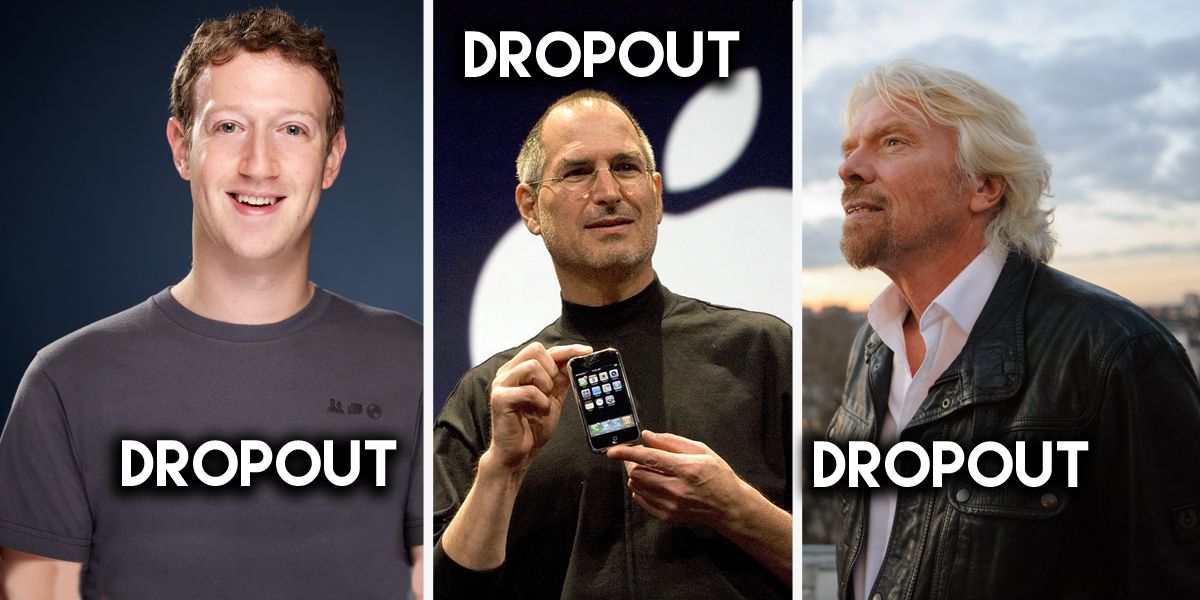Wisdom teeth, or third molars, typically appear during late adolescence or early adulthood. While they may seem like a rite of passage into adulthood, they often have problems that necessitate removal. This listicle will delve into the basics of wisdom teeth removal, what you can expect during the procedure, and why it’s often considered a necessary step.
The Anatomy of Wisdom Teeth
To understand why wisdom teeth removal is necessary for many individuals, it’s essential to grasp the anatomy of these teeth. Wisdom teeth are found in the back of the mouth, one in each corner. They were once essential for ancestors who had a different diet, primarily consisting of coarse, tough foods that required more grinding. However, as the diets evolved, the jaws became smaller, leaving insufficient space for these additional molars. As a result, wisdom teeth often fail to emerge properly, leading to various dental issues.
Common Issues Associated with Wisdom Teeth
Impaction: One of the most prevalent problems with wisdom teeth is impaction. This occurs when there isn’t enough room for the teeth to grow properly. Impacted wisdom teeth can be partially or fully trapped beneath the gum line or jawbone. This can cause discomfort, swelling, inflammation, and damage to neighboring teeth.
Crowding: Wisdom teeth may exert pressure on adjacent teeth, leading to dental crowding and misalignment. This can undo years of orthodontic work and result in crooked teeth.
Infection: When partially erupted wisdom teeth create pockets of gum tissue that are difficult to clean, they become breeding grounds for bacteria. This can cause infection and gum disease.
Cysts and Tumors: Cysts and tumors can develop around impacted wisdom teeth in rare cases. These growths have the potential to harm the jawbone and nearby teeth if left untreated.
The Wisdom Teeth Removal Procedure
It is a common oral surgery performed by oral surgeons or dentists. Here’s what you can expect during the procedure:
Anesthesia: Before the procedure, you will receive anesthesia to ensure you are comfortable and pain-free. The type of anesthesia can vary from local anesthesia (numbing only the extraction area) to general anesthesia (making you unconscious for the procedure).
Extraction: If necessary, the oral surgeon or dentist may make an incision in the gum tissue to reach the wisdom tooth. They may need to remove some bone tissue to access the tooth fully. The tooth will then be extracted in one piece or smaller segments.
Closure: After the extraction, the incision site will be cleaned, and stitches may be used to close the wound.
Recovery: You will be given post-operative instructions, including dietary restrictions and guidelines for managing pain and swelling. The recovery period typically lasts a few days to a couple of weeks, depending on the complexity of the procedure.
Why Wisdom Teeth Removal Is Necessary
It is necessary to prevent and address the issues mentioned earlier. Leaving impacted or problematic wisdom teeth in place can result in severe pain, infection, damage to surrounding teeth, and other oral health complications. Addressing these issues early through removal can prevent more extensive and expensive dental problems.
In conclusion, understanding the basics of wisdom teeth removal is essential for anyone approaching the age when these teeth typically emerge. Recognizing the common issues associated with wisdom teeth, the procedure itself, and the reasons for its necessity can help individuals make informed decisions about their oral health. If you have issues regarding your wisdom teeth, it’s advisable to seek consultation with a dentist or oral surgeon to determine the most suitable course of action for your specific situation.
Article by Born Realist






